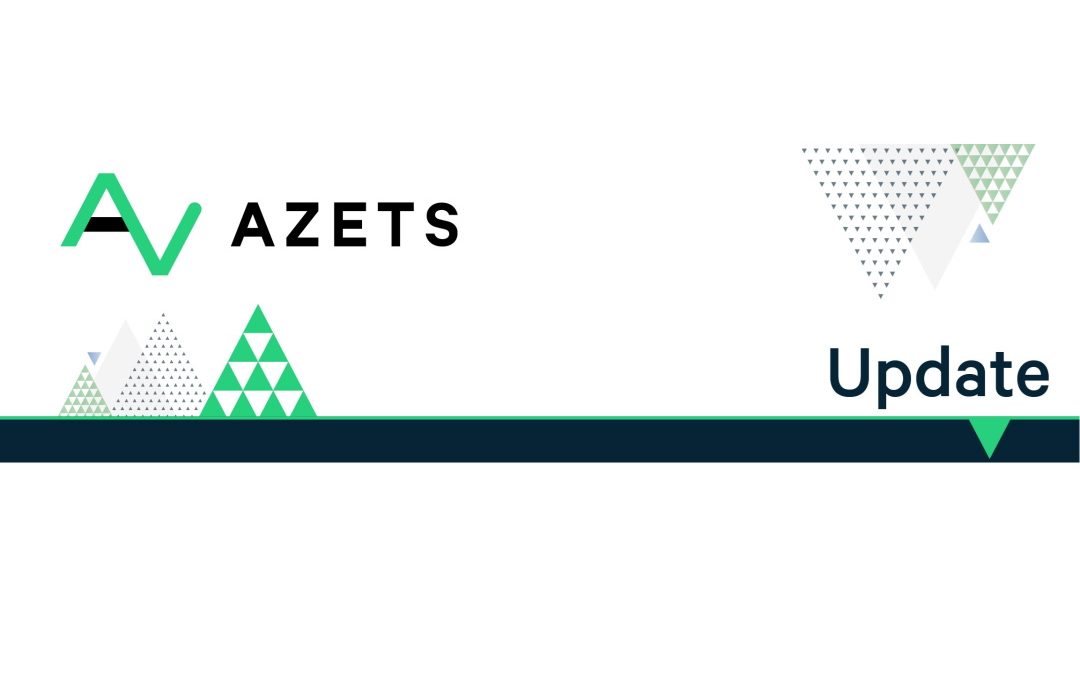
Many UK taxpayers will be unaware of the tax implications and Self Assessment (SA) filing requirements that have been created by HMRC. This is due to HMRC moving the goalposts through the reduction of certain allowances/exemptions and the increase to the SA threshold for PAYE taxpayers from 2023/24 onwards from £100,000 to £150,000.The recent tax changes mean more people will likely be required to file tax returns and pay tax on their investment income/gains. It is predicted that those who fall under this widening tax net will face bills of up to £2,000 over two years.Why has this happened?Basically, the additional tax liabilities have been caused by the following:
- Dividend allowances are going down
- Capital Gains Tax (CGT) annual exemptions are going down
- Interest rates are going up
Dividend allowances – The dividend allowances were reduced in April this year to £1,000 from £2,000, and they are set to reduce further to £500 from April 2024. As a result of falling tax-free allowances, more individuals will be required to pay tax on dividends.Capital Gains Tax (CGT) – The annual exemptions recently reduced to £6,000 from £12,300 and will go down further to £3,000 from the 2024/25 tax year.Interest rates – The increase in the Bank of England base rate will in many cases result in increased interest income from savings held in deposit accounts and the like. Coupled with increasing salaries to assist with the cost of living crisis at a time when income tax bands have been frozen, this is pushing more individuals into higher rates of tax. Subsequently this may require more individuals to file a SA tax return.The above impacting factors are explored further in our related insight piece.Further considerationWith the reduction in the dividend allowance outlined above, many individuals and shareholders of small to medium family businesses, for example, who tailor their profit extraction from their businesses through the utilisation of the annual dividend allowance and basic rate bands, the changes will most likely increase their tax liability and administrative burden significantly.As a result, many will need to review their dividend strategy and look at tax remuneration planning comparing dividends versus salary.Related announcement for Self Assessment regime leaversWith effect from the 2023/24 tax year the threshold for PAYE taxpayers to remain outside of the SA regime will increase from £100,000 to £150,000. The increase in the self-assessment threshold announced will remain unchanged for the 2022/23 tax year, i.e. at £100,000.However, should any PAYE taxpayers meet any of the other SA criteria they will still need to file a personal tax return. The other criteria being as follows:
- In receipt of self-employment income over £1,000
- In receipt of untaxed income
- Liability to the high-income child benefit charge
- Partner in a business partnership
One concern here is that those who make private pension contributions or have allowable expenses may miss the opportunity to claim tax relief unless they are aware of these aspects and seek advice.Should a taxpayer be unclear on whether they meet the criteria for self-assessment or not, HMRC has this online tool to check whether they need to submit a tax return.However, those who are considered to fall outside of the regime will be notified after their 2023 Tax Return has been filed via a SA Exit letter.

